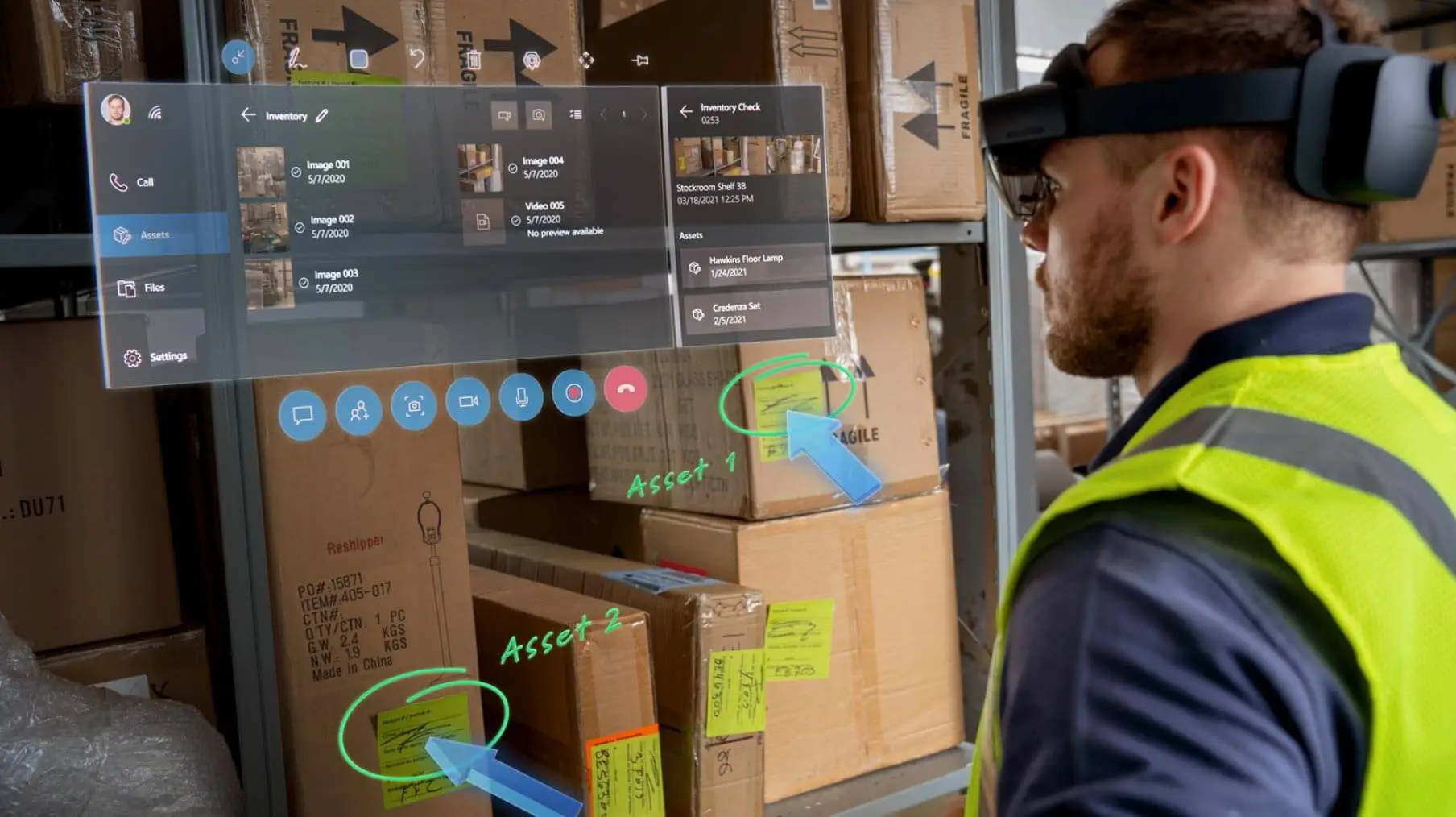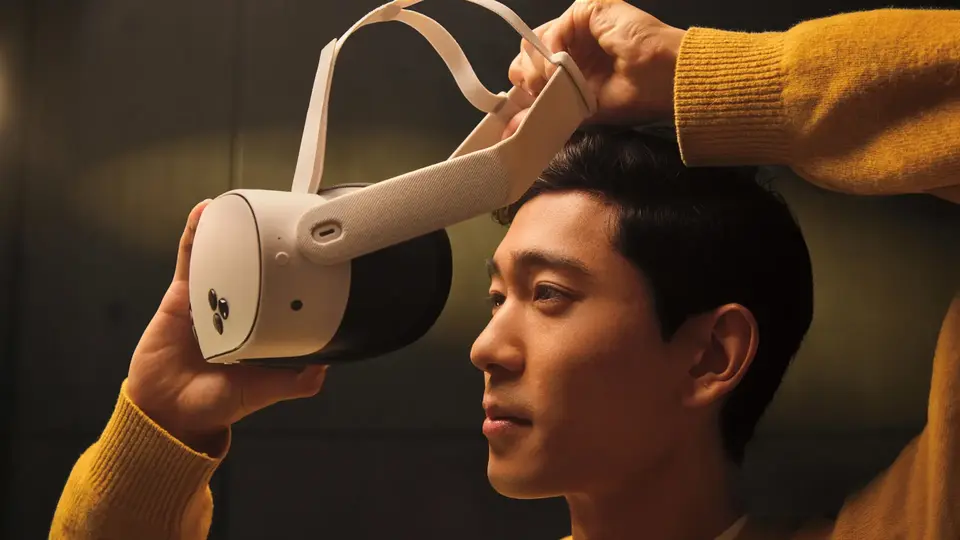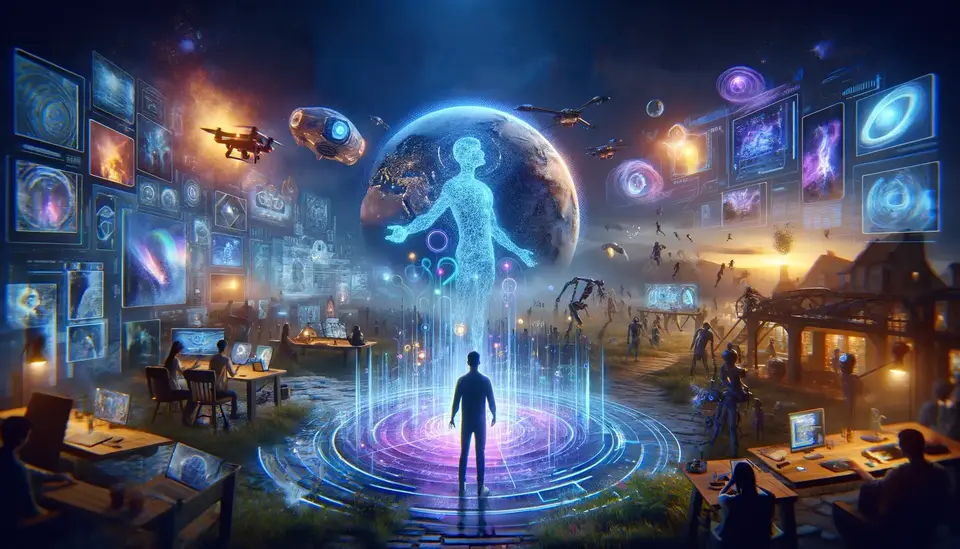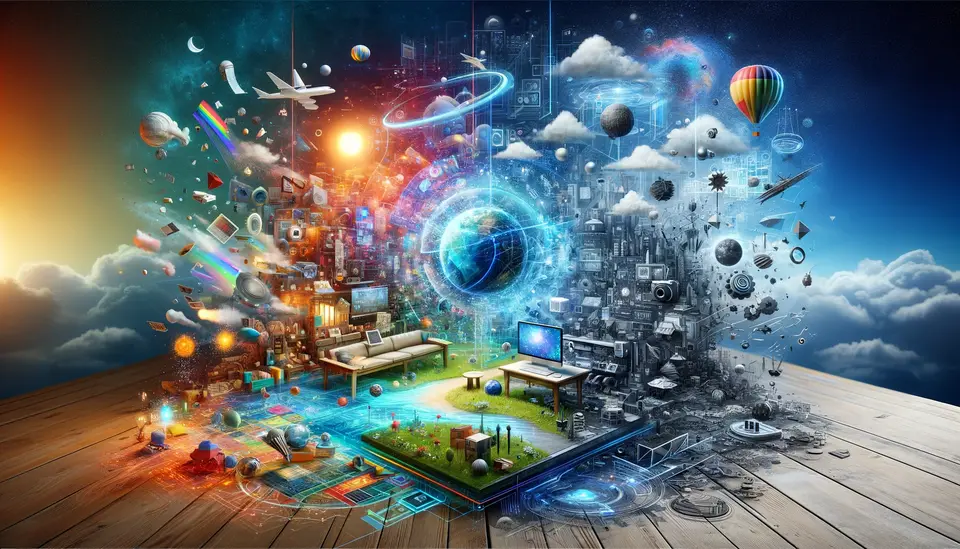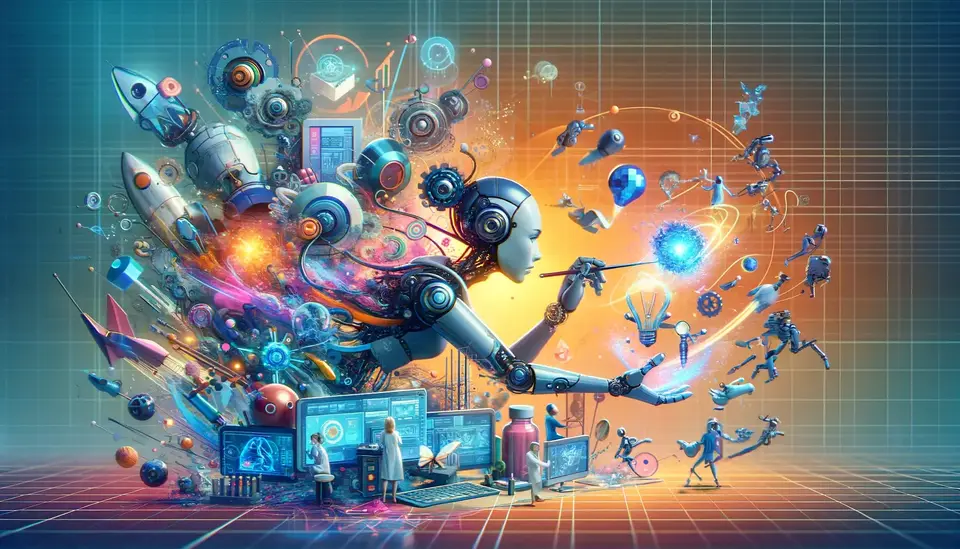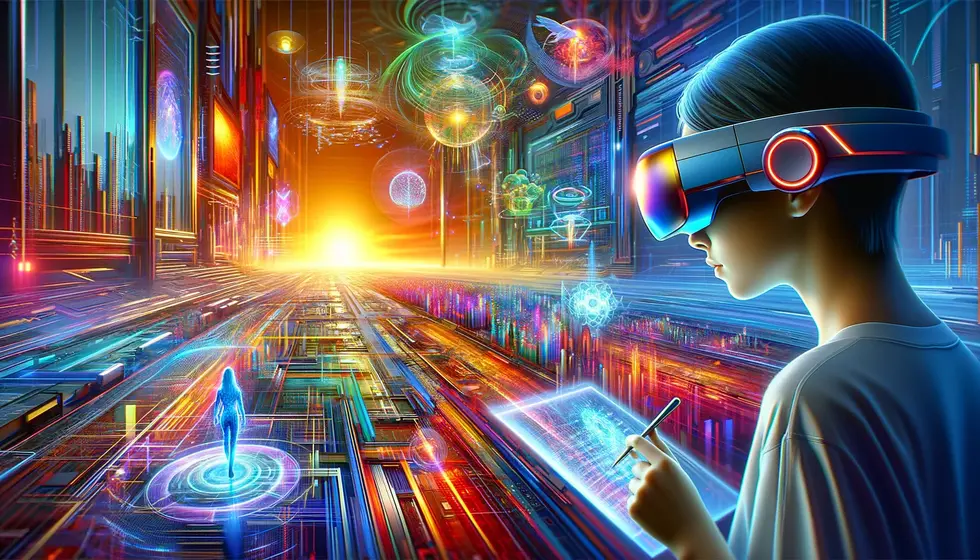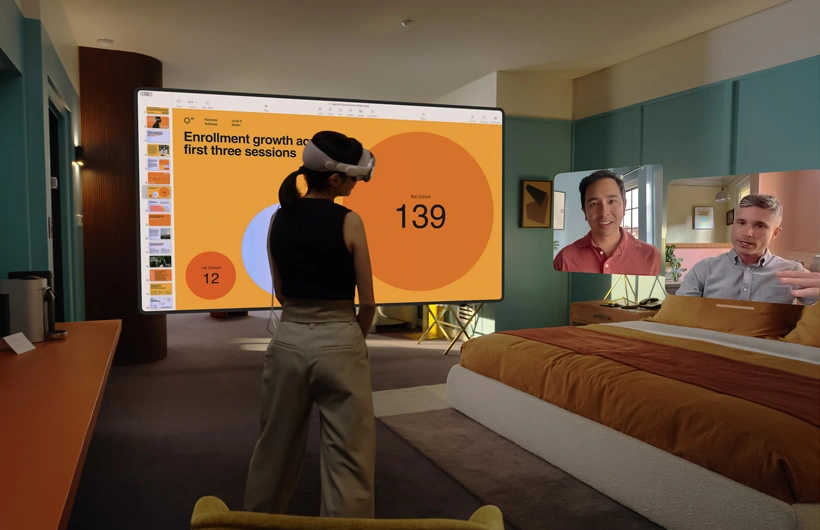All About Mixed Reality (MR)
Posted on March 22, 2023 3 minutes 579 words
Table of contents
Imagine a world where digital and physical realms merge seamlessly, creating a unified experience that enhances our daily lives. Welcome to the world of Mixed Reality (MR), an emerging technology that blends elements of Augmented Reality (AR) and Virtual Reality (VR). As MR continues to grow and evolve, it holds the potential to revolutionize various industries. Let’s dive into the fascinating world of Mixed Reality and explore its applications, challenges, and future prospects.
Understanding Mixed Reality
Mixed Reality sits at the intersection of the physical and digital worlds, combining the immersive nature of VR with the contextual awareness of AR. While VR transports users to a fully virtual environment, and AR overlays digital content onto the real world, MR allows users to interact with digital objects within their physical surroundings in real time.
The key components of MR include:
- Merging digital content with the real world
- Real-time interactivity
- Spatial awareness

The Technology Behind Mixed Reality
MR experiences are made possible by a combination of hardware and software. Hardware includes headsets, controllers, and sensors that enable users to see and interact with digital content. Software and algorithms, such as computer vision, spatial mapping, and machine learning, help process and interpret the data captured by the hardware. Some of the leading companies and platforms in the MR space include Microsoft HoloLens, Magic Leap, and Apple.
Applications of Mixed Reality
Mixed Reality has the potential to transform a variety of industries, including:
- Gaming and entertainment: MR adds a new dimension to gaming, allowing users to play games that are integrated into their physical environments.
- Education and training: MR enables immersive, hands-on learning experiences that can help students better understand complex concepts or simulate real-world scenarios for professionals.
- Healthcare and medical simulations: MR can provide realistic simulations for medical training or assist doctors in performing surgeries with overlaid digital guidance.
- Architecture and construction: MR allows architects and engineers to visualize and interact with 3D models in real-world contexts.
- Retail and marketing: MR can create personalized shopping experiences, allowing customers to virtually “try on” products or visualize items in their homes before making a purchase.
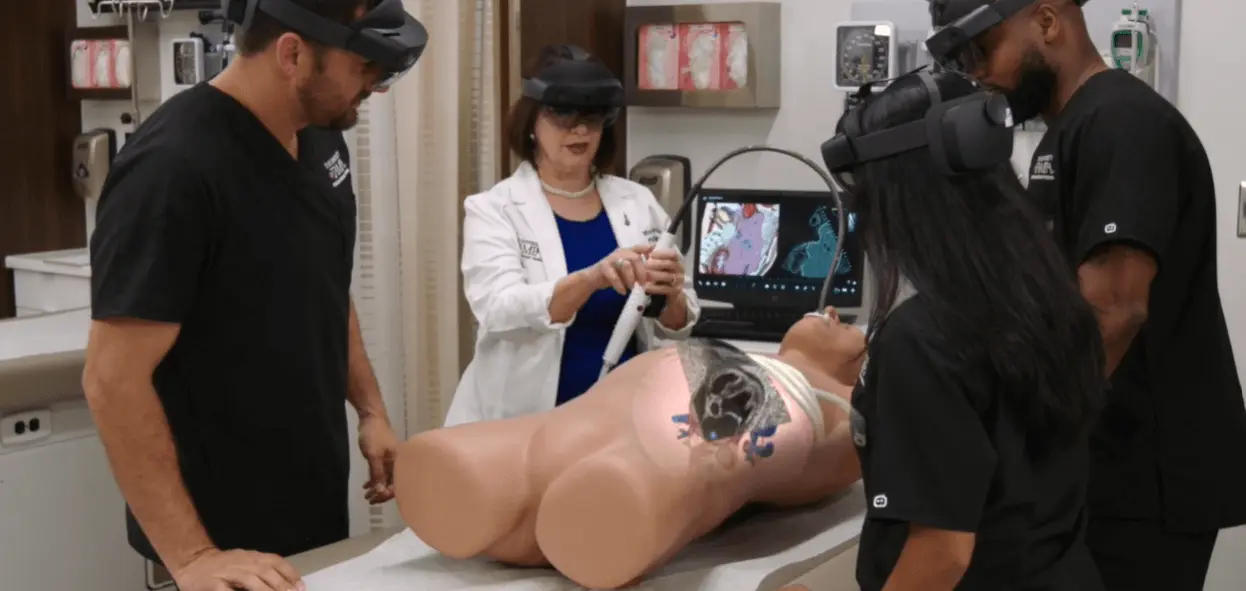
Challenges and Limitations of Mixed Reality
Despite its potential, MR technology faces several challenges:
- Hardware limitations: Current MR devices can be bulky, expensive, and have limited battery life.
- User comfort: Extended use of MR devices may cause discomfort or motion sickness.
- Content development: Creating compelling MR experiences requires specialized skills and resources.
- Privacy and data security: The collection and storage of user data raise privacy concerns.
- Digital divide: Ensuring access to MR technology for all socio-economic groups is essential.
The Future of Mixed Reality
As MR technology advances, we can expect to see improvements in hardware, faster connectivity with the advent of 5G, and increased integration of artificial intelligence. These advancements will continue to unlock new possibilities for MR applications and change the way we work, learn, and interact with one another. However, it is crucial to address ethical considerations and societal implications as we explore the potential of MR.
Conclusion
Mixed Reality offers an exciting glimpse into a future where the lines between the digital and physical worlds blur. As we continue to explore the potential of this technology, it is essential to stay informed and engage in the ongoing conversation about its applications, challenges, and implications. Together, we can shape a future where MR technology enhances our lives and brings about positive change.

